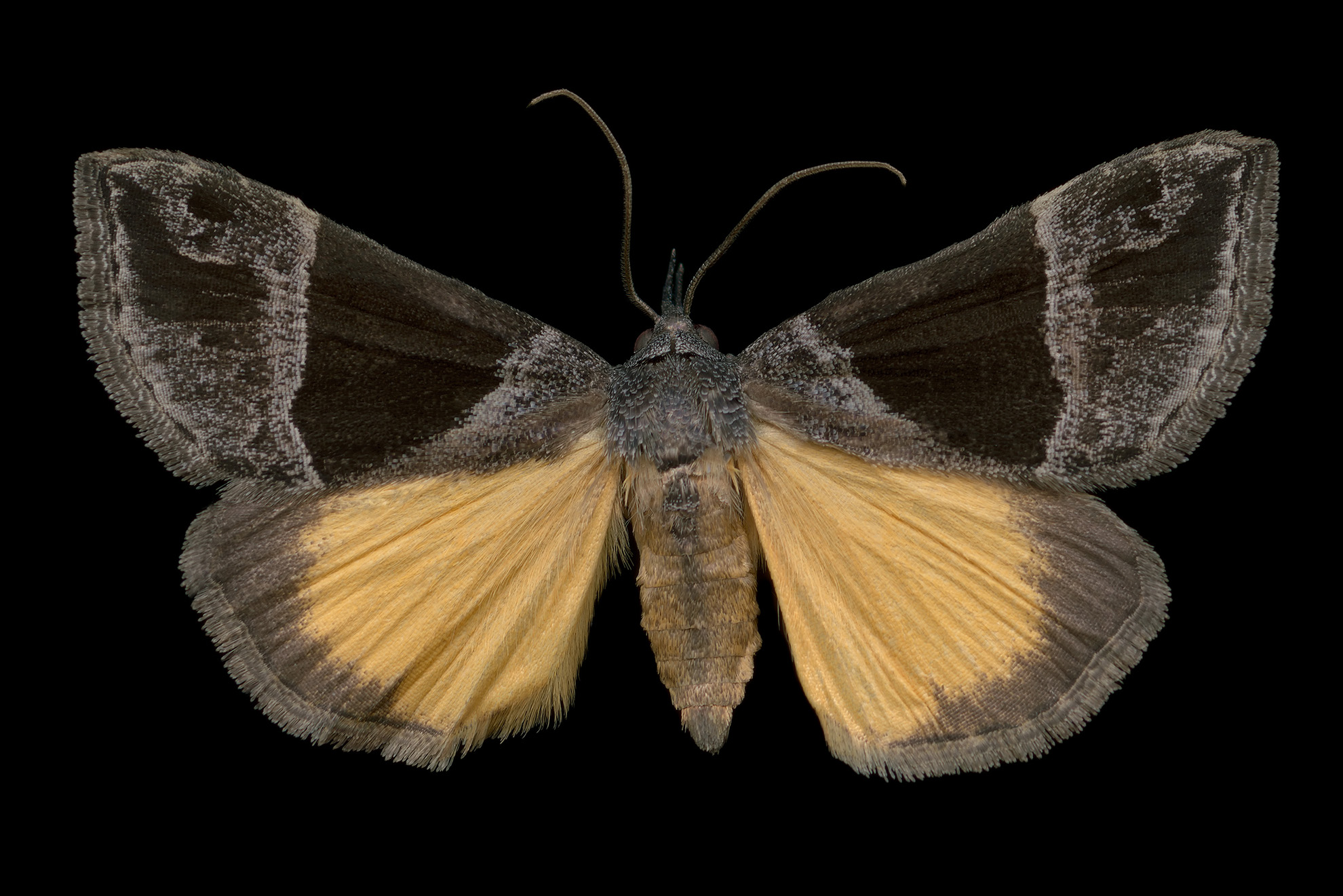Conservation Science
Biocontrol of Swallow-wort Plants
Black swallow-wort, Vincetoxicum nigrum, is ubiquitous on Fishers Island. The vine’s entangling tendrils and proliferation of leaves create a green mass that can overgrow and smother adjacent plants The sap of this vine is toxic, which is detrimental to monarch butterflies. According to a University of Rhode Island (URI) fact sheet:
Research has found swallow-wort to be harmful to monarch butterfly populations. Because swallow-wort chokes out native milkweed species, monarchs often lay their eggs on swallow-wort plants, itself a member of the milkweed family. Larvae cannot feed on swallow-wort and, subsequently, the caterpillars die which further reduces the already endangered monarch populations.1
There are no simple, conventional methods for controlling black swallow-wort and its related species, pale swallow-wort, V. rossicum. One potential approach is biocontrol: the deployment of an herbivorous species that seeks out and exclusively feeds upon the undesirable plant.
After many years of testing, the University of Rhode Island Biocontrol Laboratory received federal permission in 2017 to release a species of moth, Hypena opulenta, whose larval stage feeds on the swallow-worts. Researchers, who demonstrated that the Hypena larvae consume exclusively swallow-worts and no other species, have been piloting the project with landholders across the northeast.2
HLFM Land Trust Hypena opulenta enclosure. Photo by Jack Schneider.
Hypena opulenta, adult moth. Courtesy of Creative Commons.
The Museum has been working with URI since 2019 to establish a self-sustaining Hypena colony on the island. Each spring, we erect a portable screened enclosure in a shady spot over a vigorous bed of swallow-wort. This culturing facility includes a data logger that measures temperature and light intensity along with nectar bottles that feed the moths a diluted honey solution. We then introduce about 30 female and male Hypena moths, obtained from URI, hoping for mating and egg deposition.
Each week from June to September, we sample a portion of the enclosure, estimating the numbers of moths and larvae and the level of leaf damage caused by feeding larvae. As the season progresses, we see fewer moths, more leaf damage, and a progression through the five larval life stages. The egg-to adult life cycle should take five to six weeks.
So far, we’ve had no luck establishing a self-sustaining Hypena colony – but we are not alone. As a presentation by URI scientists reporting the results of the 2020 season stated:
All six 2020 releases showed successful larval development and 75-100% leaf damage to swallow-wort within the field cages. Only one of the five sites from previous years showed evidence of H. opulenta overwintering, but reproduction and establishment hasn’t yet been confirmed at this site. Research on the photoperiod that initiates diapause induction of H. opulenta larvae indicates that the longest photoperiod of the summer may not be long enough in our area to allow for a second generation of this species.2
Despite this disappointing news, last summer the first generation of moths developed on the Island – along with thorough defoliation of the black swallow-wort within the enclosure. This spring, we’ll reinstall the tent in hopes of capturing a second generation of moths as they emerge from their pupa stage.
1. https://web.uri.edu/biocontrol/black-swallowwort/
2. https://web.uri.edu/coastalfellows/biological-control-of-invasive-swallow-wort-plants-vincetoxicum-spp-evaluating-fieldreleases-of-hypena-opulenta-moths/



